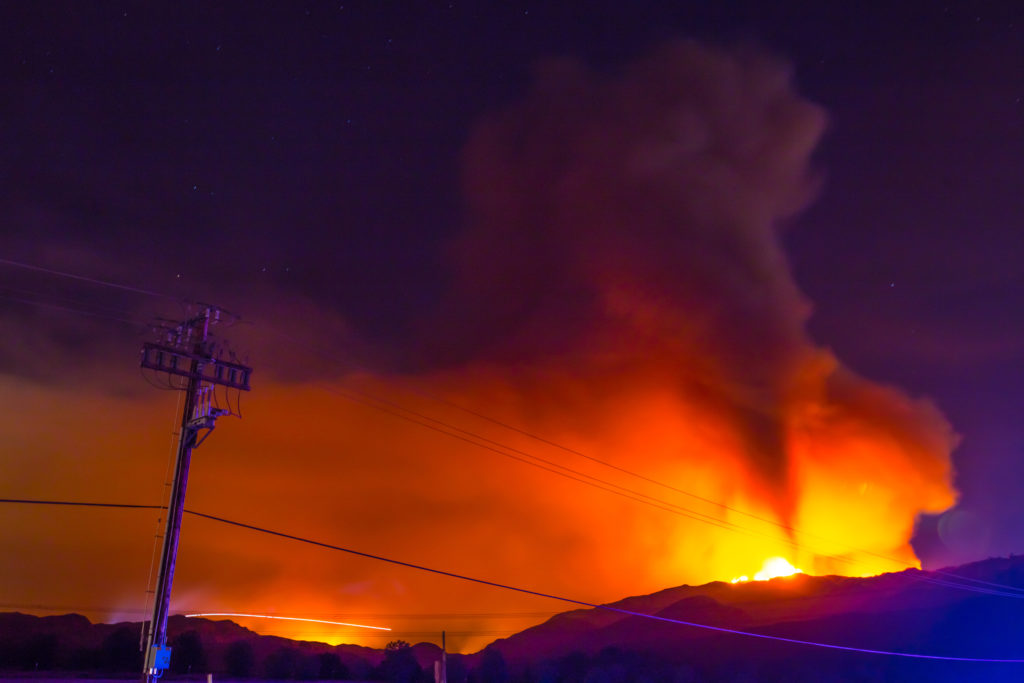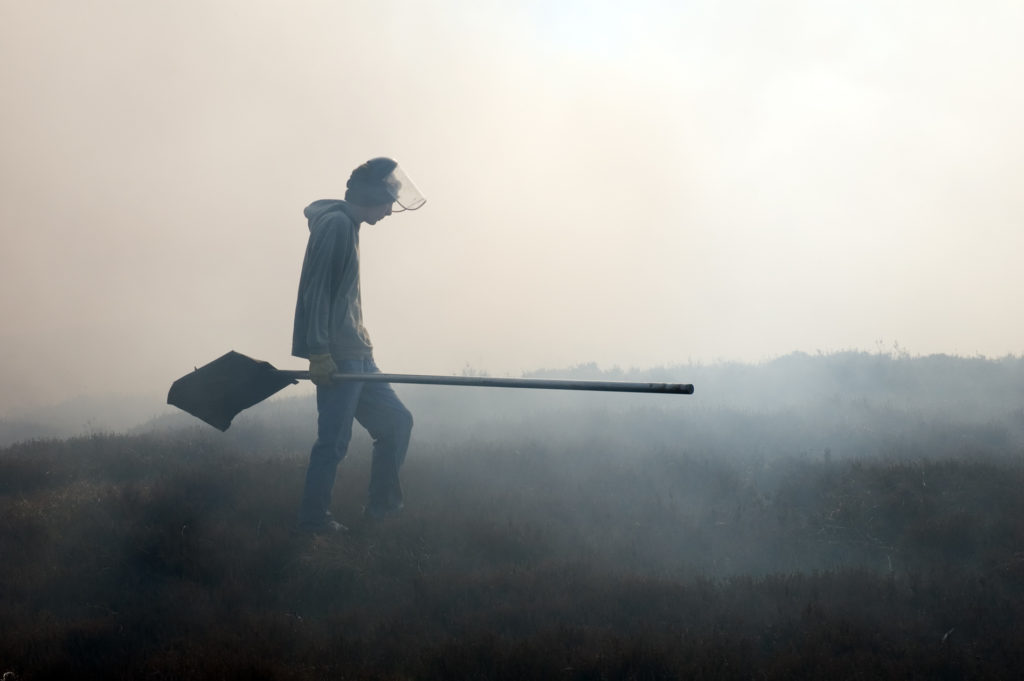What has California Learned from the 2020 Blackouts?

The sweltering heat that raged across thirteen western states from August 14-17, 2020, had a significant impact on the tens of millions of people who experienced record high temperatures well above 100°F. The triple-digit temperatures had an historic effect on California’s electric grid, too. Consider August 17 as a case-in-point in the energy deficiency the state’s grid operator faces.
According to CAISO’s market policy and performance vice president, Mark Rothleder, CAISO had expected the load on its grid to peak near 49,800 MW on August 17 during the 5-6 pm PT hour with available capacity near 46,000 MW, leaving a 3,600 MW shortfall.

By 8 pm PT on the 17th, that gap would grow to more than 4,400 MW as peak load approached 47,428 MW, but capacity had fallen to around 43,000 MW due to solar generation declining with the setting sun.
Faced with more inevitable forced outages on August 17, CAISO’s own CEO, Steve Berberich spoke before the ISO’s Board of Governors and said, “The situation could have been avoided,” and further asserted that the state’s resource adequacy program is “broken and needs to be fixed.”
A proposed decision on the future of resource adequacy in California is due in mid-June 2021.
Lack of Imports During the Heatwave
The scorching temperatures drove a massive demand for energy throughout the western US, resulting in California’s inability to import electricity from neighboring states as it typically does in the evenings when its robust solar resources go offline with the setting sun.
In its official analysis, CAISO detailed a series of events explaining how “realtime imports increased by 3,000 MW and 2,000 MW on August 14 and 15, respectively, when the CAISO declared a Stage 3 Emergency.” but ultimately “the total import level was less than the CAISO typically receives.”
Unable to import needed electricity and hamstrung by rising demand amidst record-high temperatures, the California grid suffered its first blackouts in nineteen years.
The Push to Address Climate Change
Californians, by and large, see the recent wildfires and heat waves that have ravaged the Golden State and wreaked havoc on its grid as events driven by climate change.
The state’s drive toward its energy future subsequently involves not only taking steps toward making its grid resilient but doing so in a way that minimizes its climate impacts.
The state’s three main energy organizations–The California Independent System Operator (CAISO), the California Public Utilities Commission (CPUC), and the state’s energy commission (CEC)–have been closely examining the recent grid failures and have submitted two reports (Preliminary and Final Root Cause Analysis) seeking to establish a root cause for the blackouts .
While they may not agree on any single culprit for California’s grid woes and for the August blackouts, the big three organizations rightfully believe that establishing grid resilience and serving the state’s ratepayers are the priorities.
Balancing Energy, Capacity, and Renewables for Grid Resiliency
California’s renewable energy resources performed as expected in 2020, despite some slanted media coverage that may have tried to pin them with the lion’s share of the blame for the August blackouts in 2020.
California has no intention of veering from the state’s long-traveled path of developing and integrating more renewable energy into its generation mix.
In the wake of the 2020 blackouts, the resource adequacy proceeding in California is looking at how to ensure that the state procures energy sufficiency-–

i.e. electricity needed to serve the state on a day-by-day, moment-to-moment basis–in addition to capacity sufficiency–i.e. reserves that can be called on in the event of an emergency.
The proceeding is trying to establish the optimal balance between energy and capacity that can be procured within state boundaries so it can then be determined just how much reliance should be placed on imports now and in the future.
As is the case with other states in different energy markets around the US, California is at somewhat of a tipping point with so much of its generation mix dependent on renewables with inherent intermittency that renders them unavailable at unpredictable times in the day when the sun isn’t shining or the wind isn’t blowing.
Like many grids facing a similar predicament, California’s grid of today and the future needs to ensure that its load begins to follow its supply, meaning that demand-side resources adopt agile flexibility that can react to sudden disruptions in electricity supply due to intermittency.
Those disruptions and foreboding heatwaves show no signs of diminishing in 2021 and beyond. It’s time for California to shore up its grid’s reliability with an energy marketplace that rewards flexible resources on the demand side.
The grid and the people it serves depend on it.


